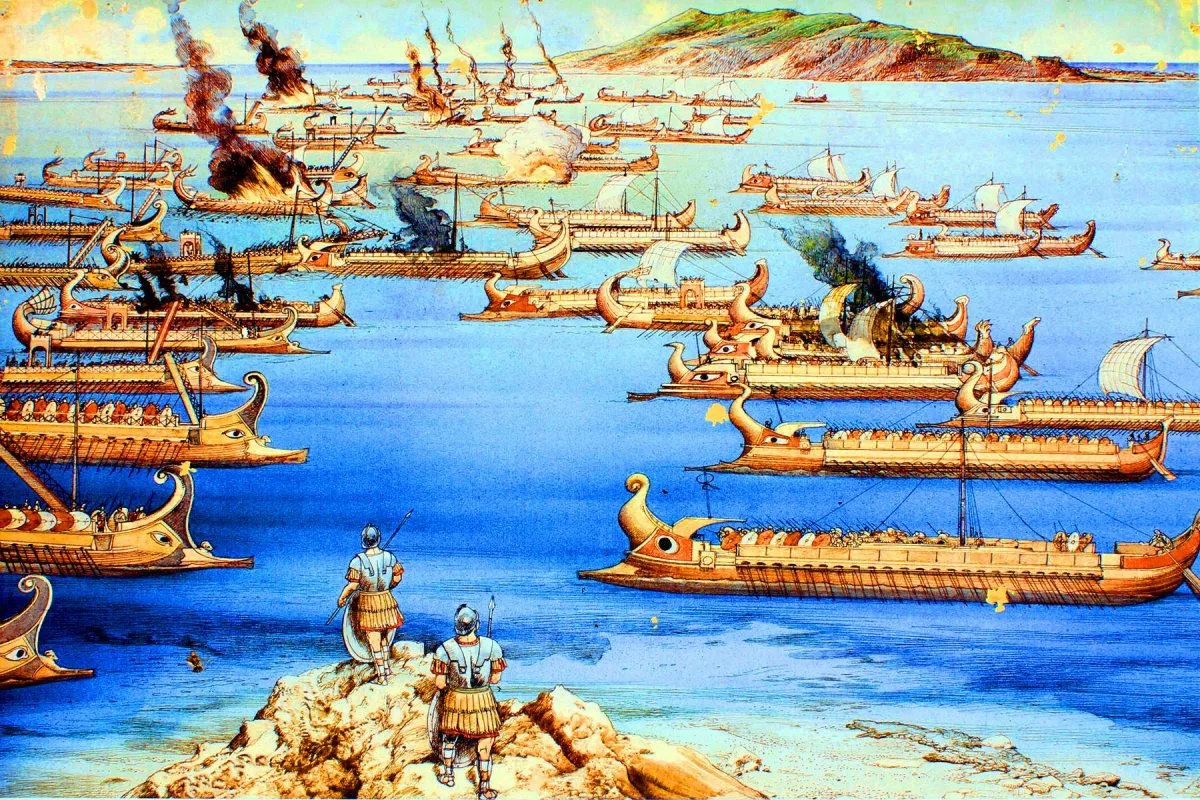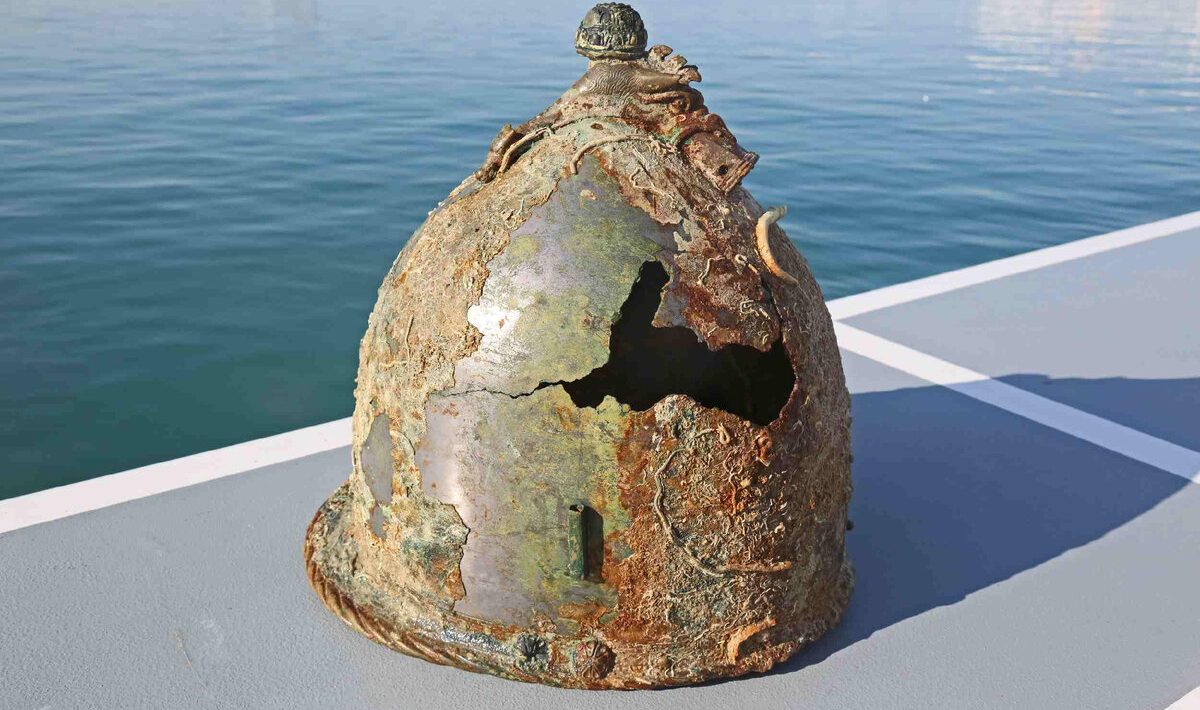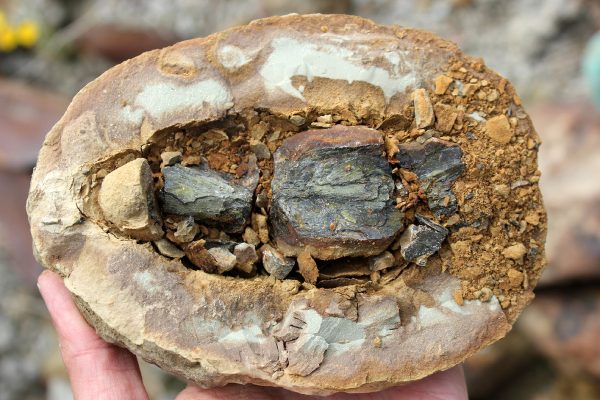This protective item was discovered by a diver off the coast of Sicily; according to archaeologists, it would have been used by one of the brave Carthaginian warriors who fought in the Battle of the Aegadian Islands
This week, the world of archaeology was back in the news following the discovery of a military helmet from the Roman era that presumably belonged to a soldier on duty more than 2,000 years ago. It would have been used in the midst of the battle for the Aegadian Islands. The discovery was attributed to a diver off the coast of Sicily, Italy.
The Society for the Documentation of Submerged Sites (SDSS) announced the news through its official channels. The SDSS is a non-profit organisation that studies the seabed around the Italian island. In particular, it focuses on the Aegadian archipelago, where it is carrying out a project to investigate the site that once hosted a great naval battle.
As part of the routine expedition, a diver retrieved a Montefortino-style bronze helmet, along with its cheek guards, from the seabed. It is believed to date back to 241 BC and is in perfect condition, which surprised experts and historians.
The Councillor for Cultural Heritage and Identity of Sicily, Francesco Paolo Scarpinato, said: ‘This helmet is one of the most beautiful and complete ever recovered. It is a discovery that not only broadens our historical understanding of the Battle of the Egadi Islands, but also elevates Sicily’s position as guardian of a unique Mediterranean heritage. The success of the operation was made possible by international collaboration.’
This discovery was coupled with other previous successful finds in the area and other surrounding marine sites. Among the items recovered was a bronze handle from a ‘fish bank wreck’, dated much later than the battle, in the 5th century AD.
Experts highlighted the helmet cheek guards, which are ‘true rarities’. This will provide an in-depth understanding of the manufacturing techniques used for military uniforms at the beginning of the Roman Empire, at the height of its expansion.
The helmet has been placed in a restoration process, which aims to preserve it for public display. This item was covered in marine sediment, as were 30 other objects, including tools and weapons, so they had to be scanned using computed tomography.

Battle of the Aegadian Islands
This naval conflict was one of the most important and significant events of the early Roman Empire, when Rome set sail for the Aegadian Islands and what is now Sicily with the aim of defeating the Carthaginians. A brutal war was fought there in 241 BC, involving 500 ships and 100,000 soldiers.
The remains of ships, weapons and everyday military items from both sides can be found on the seabed. This underwater site is the only one of its kind in the world, hence its historical and cultural heritage value.
It is an area 80 metres deep and covering 10 square kilometres in a sandy desert dotted with low rocky outcrops. Every year, divers gather information about the construction of the ships that brought success to the Romans.
Since 2021, when the expedition began at different points in the Sicilian sea, 1,200 amphorae, armour, ship accessories and many other war materials have been recovered.





